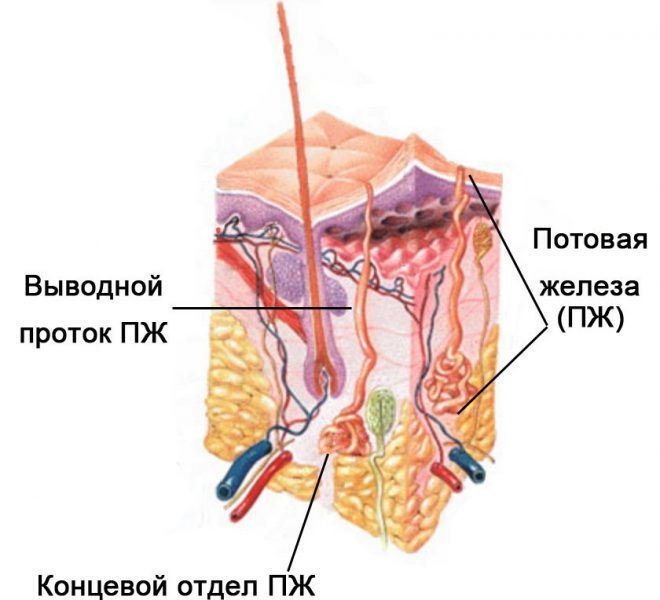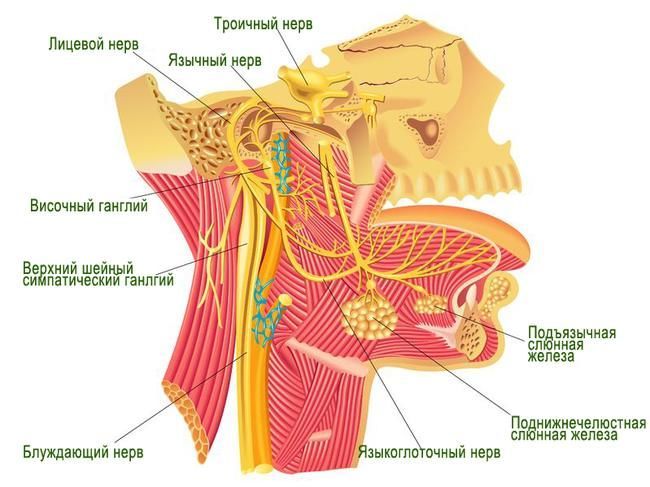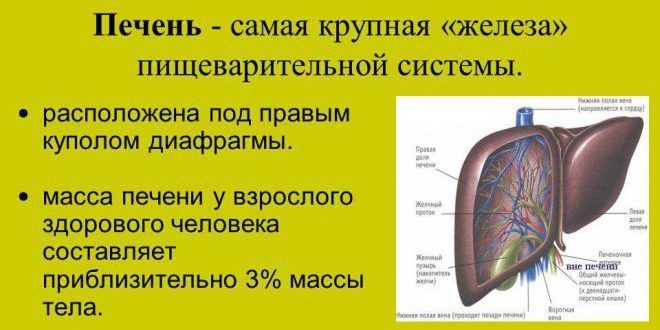Description of the glands of the external, internal and mixed secretion of man
The human organs that are intended to produce biologically active substances are called glands. They play a very important role in everyone's life, because they control the work of all systems and processes in the body. If a certain iron sends substances into blood or lymph, then it is believed to a group of internal secretion. If it produces a secret that stands out on the surface of the skin or one of the cavities in the body, then they are talking about the external secretions. If iron works in two directions, then it is believed to a group with mixed secretion.
The glands of the internal and mixed secretion are combined into the endocrine system. She plays an important role in the body:
- excites or inhibits certain vital reactions;
- ensures the stable operation of the body when changing external circumstances, with the influence of any negative factors;
- regulates the normal operation of all systems and organs;
- affects the normal functioning of the reproductive system of men or women;
- it becomes possible to grow a human body, its physical development, the presence of intellectual abilities;
- the emotional and psychological state of men and women is determined.
All glands in the body are in a permanent relationship. Control over the work of the body is carried out using the most complex self-regulatory mechanism.
Glands of external secretion
Thanks to this method, it is possible to quickly, not dying for 2-3 hours in the simulator room, make the genesis figure in a couple of weeks! Based on this program, I made my own and now I will explain everything to you, I hope this information and my invaluable experience will come in handy for you and will change your life!
The glands of external secretions perform an auxiliary role. They provide the normal and harmonious work of the whole organism. The glands of external secretion include:
- shan. Seat salty salo on the surface of the epidermis, which is intended to prevent surface drying, protects against pathogenic microorganisms;
- sweat. Displays salts from the body, slags, toxins and other exchange products. Sweat is needed to cool the body (takes part in the thermoregulation function);

- dairy. After the birth of the child, the process of producing milk, which is its main food product during the first year of life;
- saliva. It distinguishes saliva to the oral cavity, which softens food takes part in the first stage of its digestion;

- tear. Placed on the upper corner of the wall of the orbit. Tears secreted by iron are designed to moisten the cornea of \u200b\u200bthe eye. Also execute a protective function, removing from the surface of the microbes, dust particles;
- liver. Located in the right hypochondrian abdominal cavity. It highlights bile that takes part in the process of digesting fats. It also plays an important role in carbohydrate, fat and protein metabolism in the body, executes a protective function.

